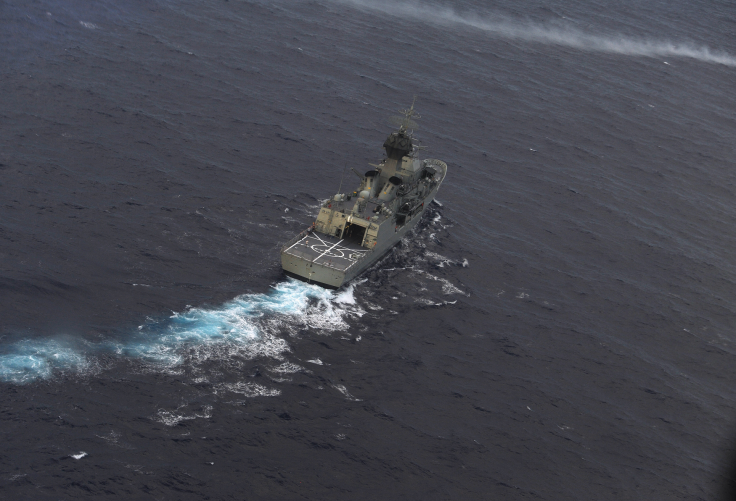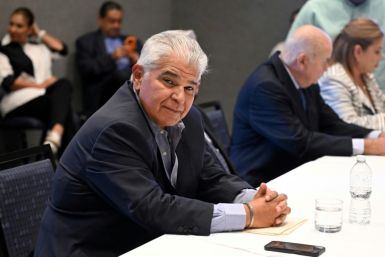Brisbane41: Australia launches second air warfare destroyer

Australia launched its second Hobart air warfare on Thursday, marking a significant milestone in the Air Warfare Destroyer (AWD) program. The ceremony included the formal naming and launching of Brisbane41. The destroyer was lowered into the water at Osborne's Techport Australia shipyard as part of the launching.
Robyn Shackelton, the wife of former Navy chief Vice Admiral David Shackleton, cut the cord to release the South Australian Sparkling Pinot Noir to smash the HMAS Brisbane’s hull and officially christen the vessel.
The ship measures 146 metres long carrying 186 crews. Its top speed is 28 knots. It also consists of a missile decoy technology, harpoon weapons system, flight deck and hanger for one helicopter. The project costs $9 billion.
Brisbane41 is the second of three Hobart class destroyers. It has a pennant number painted serving as an international identifier. The Hobart class destroyers are intended to replace the Adelaide-class frigates. The Royal Australian Navy will use all the three types.
Defence Industry Minister Christopher Pyne congratulated the workforce. He also said that the construction work, as well as, the integration work that occurred in Adelaide was a vital part of South Australia's shipbuilding industry.
The Brisbane class will be handed in September 2018. The Hobart will be handed in 2017 while the third ship called Sydney will be handed in March 2020.
SA Defence Industries Minister Martin Hamilton-Smith said that the success of the program was a clear representation that South Australia has a skilled and capable workforce that will undertake the upcoming shipbuilding programs.
“As another milestone is reached on the Air Warfare Destroyer program, it is a reminder that we must maintain the tempo of shipbuilding programs to retain as much of the skilled workforce as possible for the Offshore Patrol Vessel and Future Frigate programs, due to start in 2018 and 2020 respectively,” Hamilton told The Advertiser.






